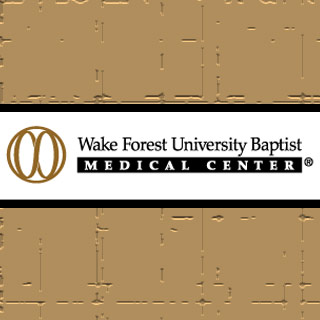
For the purpose of better understanding this criterion, researchers were noted to have created two extra lines of stem cells from amniotic fluid via the same protocol developed by Atala’s lab. Later, they seemed to have examined the occurrence of EB formation in all three lines.
At present, the research team seems to be evaluating the cells for their potential to treat diabetes and kidney disease. Moreover, they were the first to report achievement in separating stem cells from placenta and amniotic fluid, which surrounds the developing fetus. The existing research apparently is one of numerous projects designed to establish the potential of this novel type of stem cell.
According to the research, “Performing many independent experiments using different approaches, we demonstrate in the report that human amnion stem cells … can indeed form embryoid bodies. Amnion cells are on the way to become an important source for both basic science and regenerative medicine.â€
Researchers have revealed that these amnion stem cells may be able to form three-dimensional collective of cells known as embryoid bodies (EBs). It was observed that cells at this stage of development can be directed to become practically any cell inside the human body.
Anthony Atala, M.D., director of the Wake Forest Institute for Regenerative Medicine, said that, “This finding suggests that the amnion cells have greater potential than we originally thought and may be able to form many cell types. This could expand the number for diseases and conditions that they may be helpful for.â€
Besides the finding about EBs, they recognized a protein found inside cells mTOR as the regulator of EB formation. Markus Hengstschlager, Ph.D., from the Medical University of Vienna claimed that this finding may possibly allow for latest insights into the molecular mechanism of EB formation. He was of the opinion that the cells could be a valuable source for generating disease-specific stem cell lines for inspecting the differentiation process in order to find out what goes wrong in genetic diseases.
These stem cells appear to allow for studying the effects of mutations causing human genetic diseases on specific cell differentiation processes. Other potential advantages of the cells could be that they can be developed in large quantities. Moreover, they seemed to be readily obtainable during gestation and at the time of birth.
Atala further said that, “Whether these cells are as versatile as embryonic stem cells remains to be determined. But the current finding is certainly encouraging.â€
Atala was known to have stopped short of calling the cells pluripotent, which signifies the ability to form many cell types. The cells apparently meet some of the characteristics of pluripotency such as versatility. However, they may not form tumors when implanted in animals, which is also considered a characteristic. The reality that the amnion cells are less prone to form tumors could perhaps be one benefit that they have over embryonic stem cells in their potential for clinical use.
The findings of the research have been published in the journal, Oncogene.
